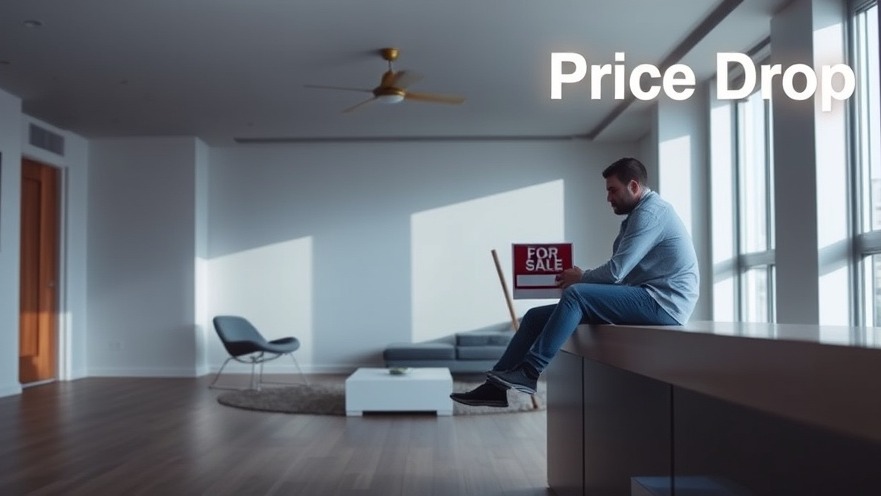
Revolutionizing Real Estate Management with Measurabl
In an unprecedented move, Measurabl has launched a groundbreaking free sustainability software solution, demonstrating its commitment to fostering responsible real estate management. Within a matter of weeks, the platform has successfully onboarded over 1 billion square feet of real estate, indicating a robust response from property owners seeking innovative methods to enhance sustainability practices.
Understanding the Impact of Sustainability in Real Estate
With global focus shifting toward sustainable development, the integration of eco-friendly practices within real estate has never been more critical. Property owners—both residential and commercial—are increasingly tasked with not only achieving profitability but also meeting environmental standards. Sustainability software solutions like the one launched by Measurabl represent an essential tool in this endeavor, enabling stakeholders to track energy use, water consumption, and overall building performance.
Why Are Property Owners Turning to Sustainability Solutions?
Environmentally conscious buyers and renters are shaping a new trend in the real estate market; they are actively seeking properties boasting sustainable credentials. By utilizing Measurabl's free software, property owners can not only enhance their buildings’ green certification chances but also appeal to this growing demographic. Reports indicate that properties that adhere to environmentally sustainable practices often see an increase in value and demand.
Building Towards a Sustainable Future
Measurabl’s software goes beyond mere data collection; it provides actionable insights that help property owners make informed decisions geared towards reducing carbon footprints. This innovative approach not only aids in compliance with regulations but also fosters a culture of sustainability that can resonate with tenants and investors alike.
A Surge in Onboarding: The Numbers Tell a Story
The rapid onboarding of 1 billion square feet of real estate in such a short timeframe speaks volumes about the urgent need for sustainable solutions in the industry. This surge indicates not just a readiness among property owners to embrace sustainability but also the potential for widespread change across the sector as more stakeholders recognize the importance of responsible management.
The Financial Benefits of Going Green
Investing in sustainability does not only fulfill a regulatory need; it can significantly impact the bottom line. Studies show that properties with energy-efficient measures in place can save thousands annually on utility costs, while also experiencing increased tenant retention rates. By adopting Measurabl’s tools, property owners can capitalize on these financial advantages, turning sustainability from an added cost into a lucrative investment.
Future Innovations: What Is Next for Real Estate Tech?
As the real estate industry continues to evolve, the potential for technological innovations that streamline sustainability practices is immense. Future developments could include enhanced predictive analytics, enabling property owners to foresee potential areas for energy savings long before issues arise. Such tools could radically reshape the industry, making sustainable living standards common practice rather than an exception.
Taking Action: The Time is Now
For both residential and commercial property owners, the launch of Measurabl's free sustainability software is a call to action. As the landscape of real estate shifts toward more responsible practices, leveraging the right tools to stay ahead is crucial. Consider adopting this software to meet not just market expectations but also contribute positively to the environment.
Become a part of this sustainability revolution today. Explore Measurabl's offerings and make the leap towards a greener future for your property!
 Add Row
Add Row  Add
Add 




Write A Comment